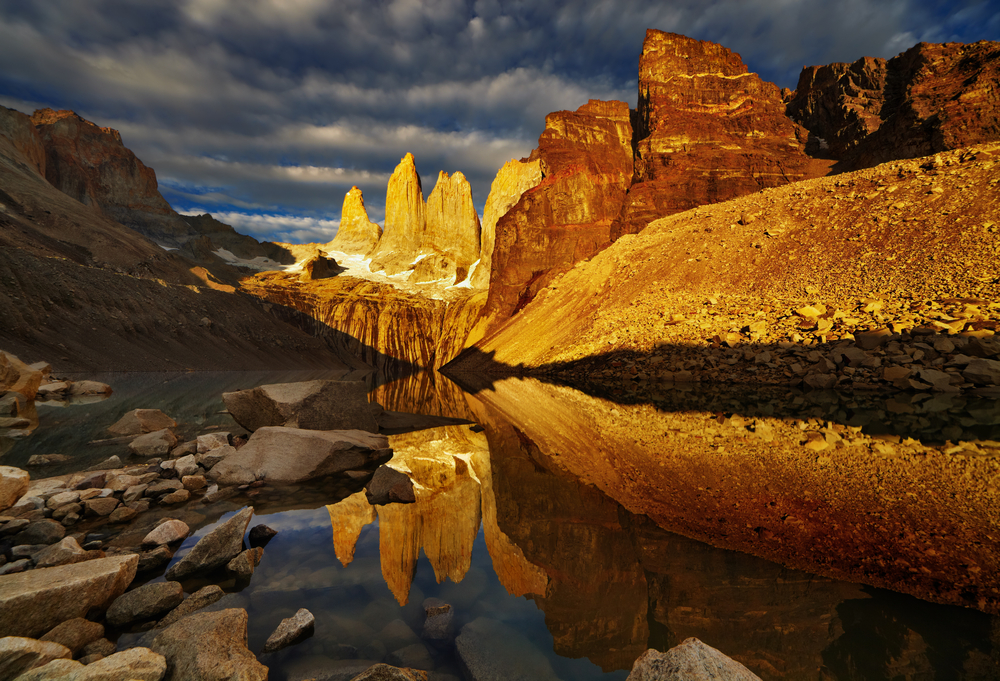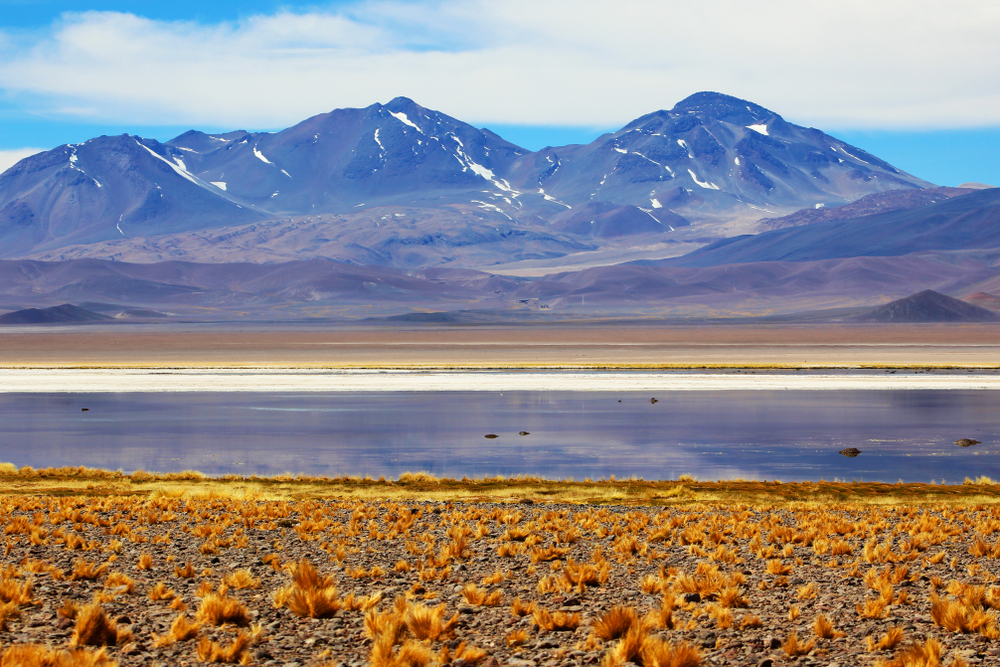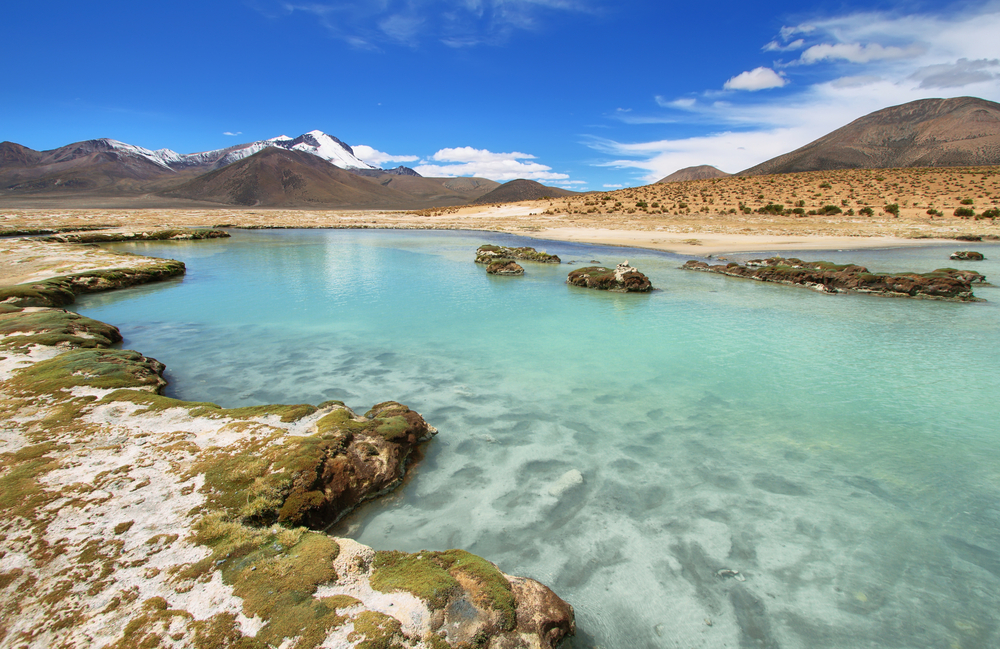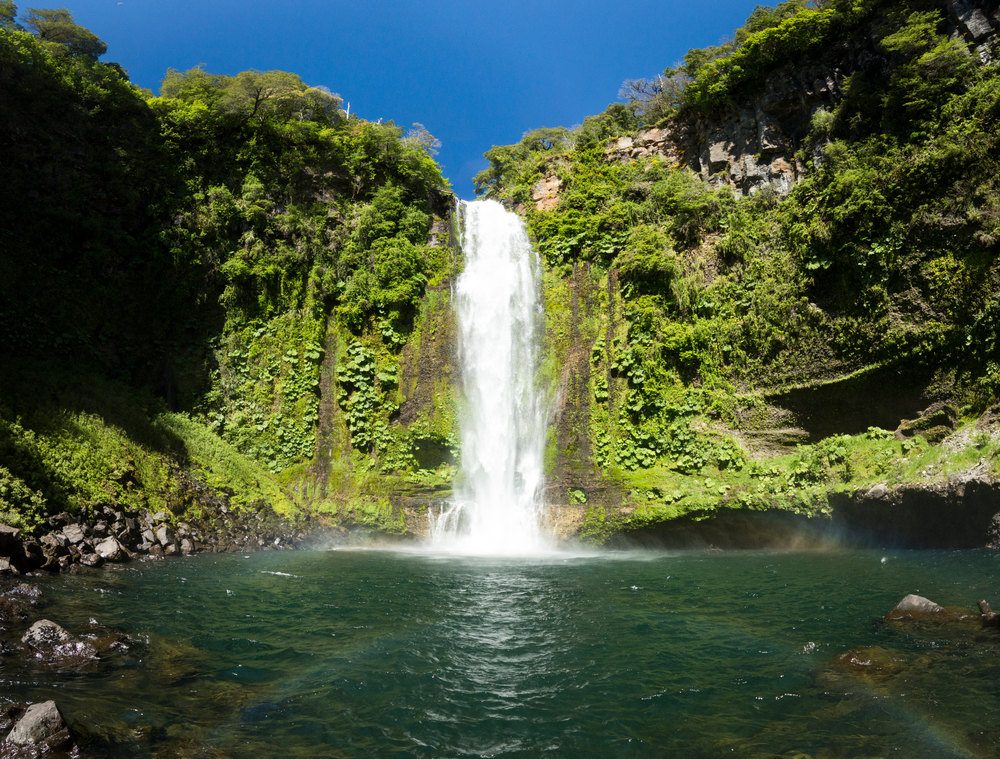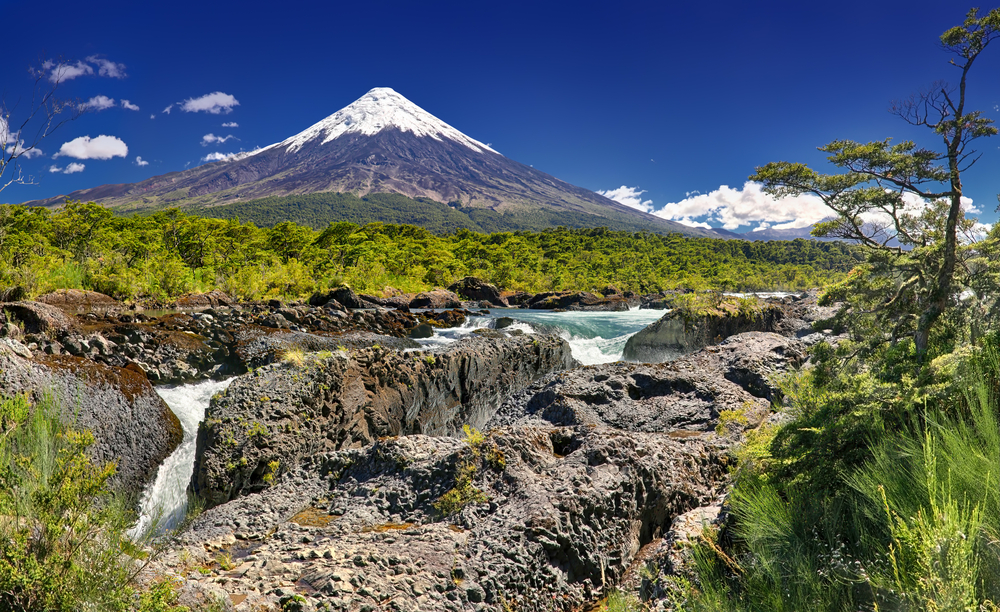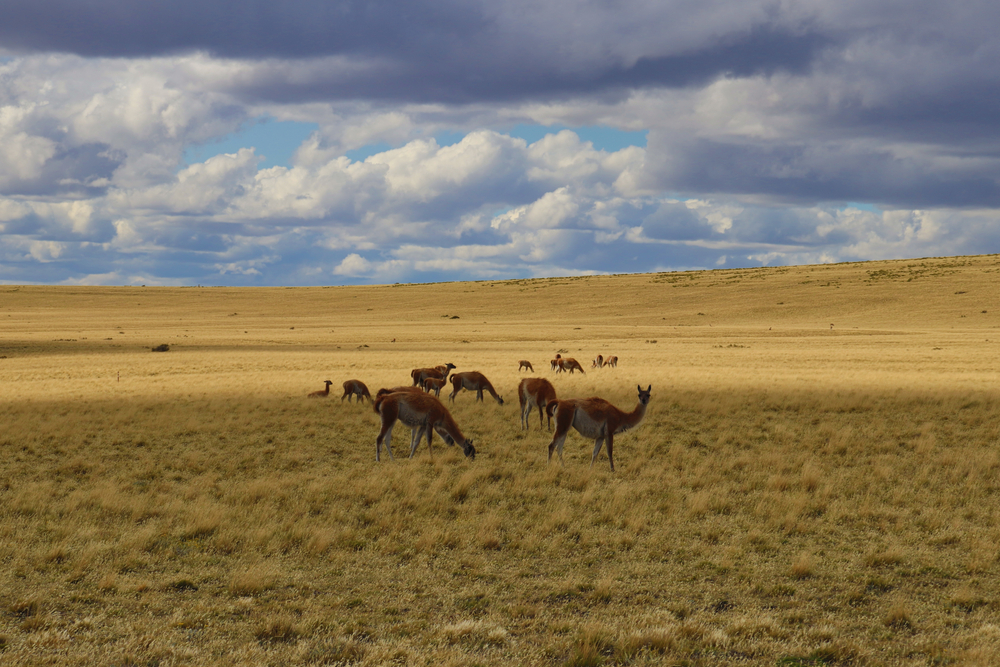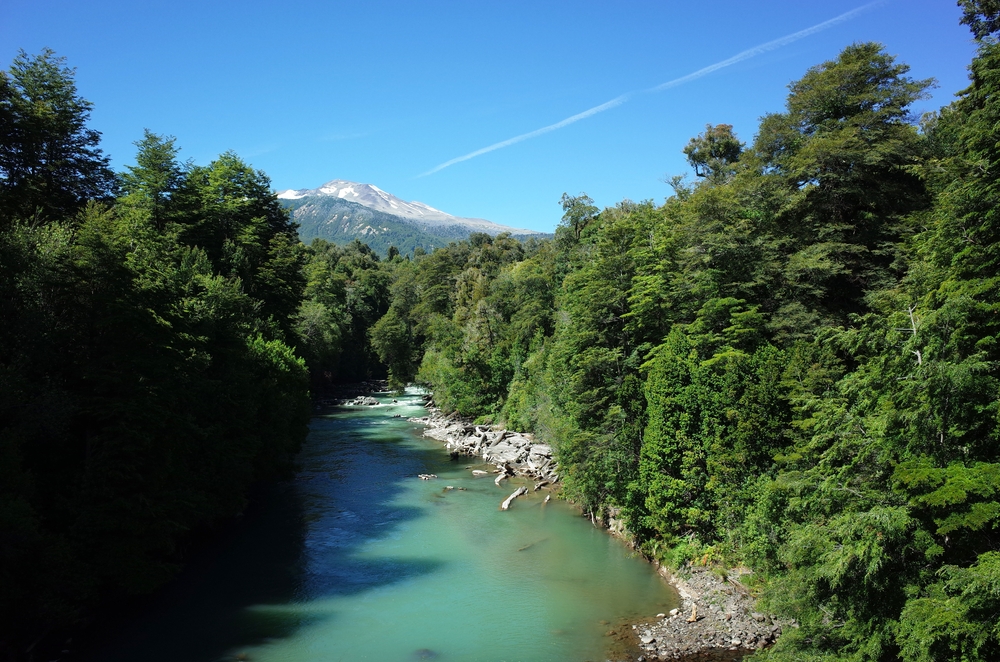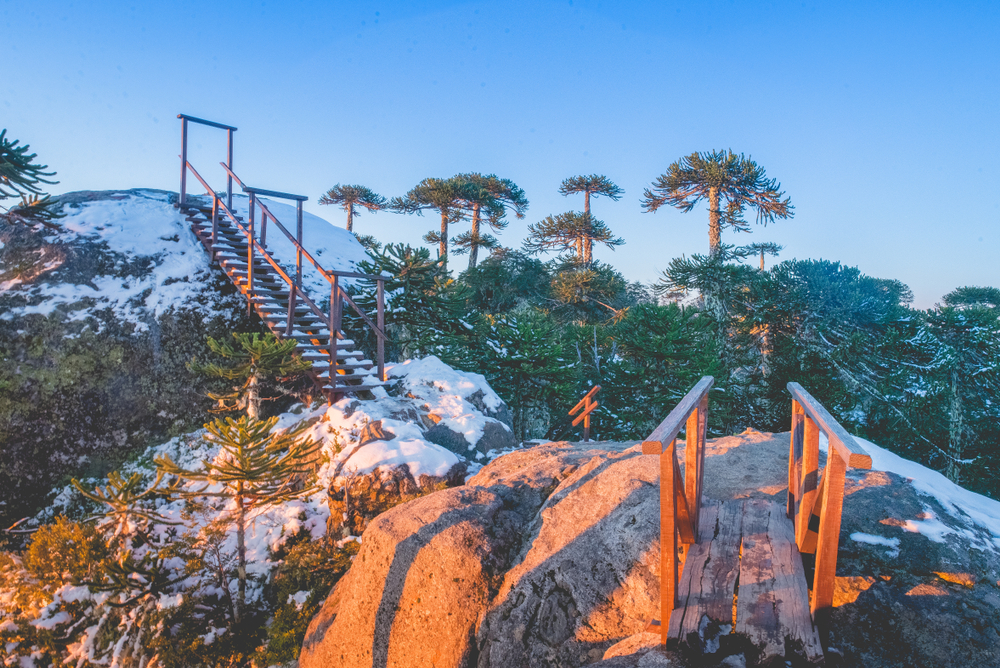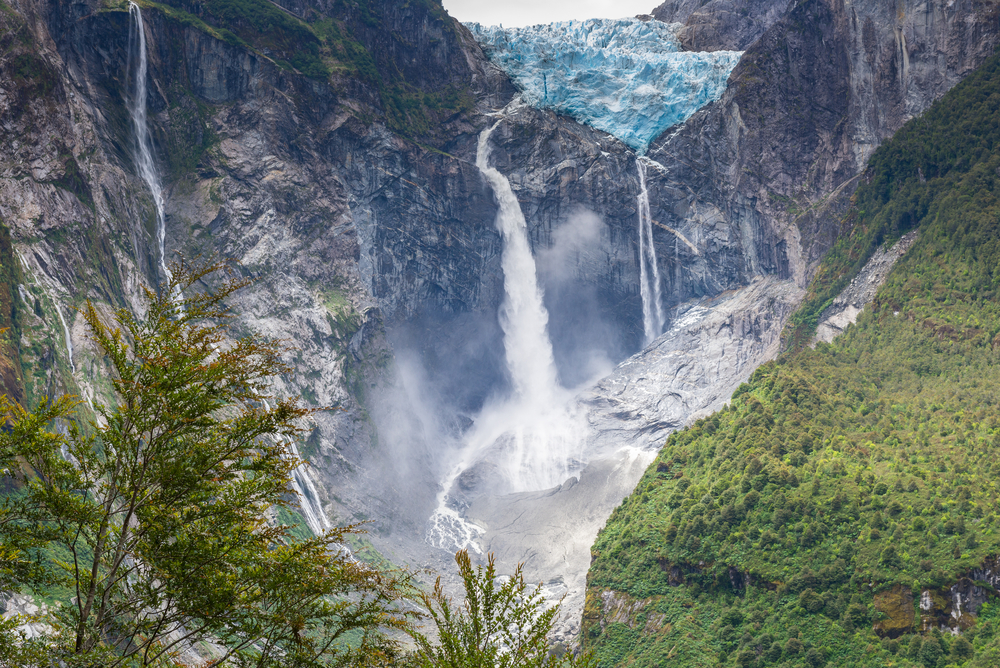Yendegaia Overview
Yendegaia National Park, known locally as Parque Nacional Yendegaia, is a remote and breathtaking natural reserve located in the southernmost region of Chile on the island of Tierra del Fuego.
Covering approximately 5,782 square kilometers (2,233 square miles), this vast wilderness is a mix of rugged mountains, glacial valleys, pristine rivers, and coastal fjords. It borders Alberto de Agostini National Park to the west and Argentina’s Tierra del Fuego National Park to the east, forming part of a larger network of protected lands that span across both countries. The park’s name, Yendegaia, comes from the indigenous Yaghan language and means “deep bay,” a fitting description of the region’s coastal geography.
The park’s landscape is defined by a combination of the imposing peaks of the Cordillera Darwin mountain range, sprawling glaciers such as the Serrano and Stoppani Glaciers, and expansive sub-Antarctic forests dominated by lenga, coigüe, and ñirre trees.
Numerous rivers and lakes carve through the land, including the Azopardo River, which connects Fagnano Lake to the Almirantazgo Sound. The coastal areas are lined with fjords and channels, where sheer cliffs rise from the water, creating an awe-inspiring environment. The climate is harsh and unpredictable, with strong winds, frequent rainfall, and cold temperatures that make it one of the wildest and most untouched areas of Patagonia.
Yendegaia National Park is home to a rich variety of wildlife, many of which are uniquely adapted to the extreme conditions of southern Patagonia. Mammals such as the guanaco, Andean fox, and the elusive culpeo roam the rugged terrain, while the endangered huemul deer, a national symbol of Chile, can occasionally be spotted in the dense forests.
Along the coast, marine life flourishes, including South American sea lions and the occasional sighting of orcas and other cetaceans. The birdlife is equally impressive, with species such as the Magellanic woodpecker, black-browed albatross, and the mighty Andean condor soaring through the skies. The waterways provide refuge to kelp geese and various species of ducks, making the park a haven for birdwatchers.
Among the park’s most striking features are the wild and pristine landscapes that make it an adventurer’s paradise. The lack of roads and developed infrastructure means that access is primarily by boat or on foot, preserving the sense of remoteness that defines Yendegaia.
Hiking trails wind through forests, across glacial valleys, and along rugged coastlines, offering unparalleled opportunities for exploration. Kayaking through the fjords provides a unique way to witness the dramatic scenery, while mountaineering enthusiasts are drawn to the challenges posed by the park’s rugged peaks.
Visitors must be well-prepared for extreme weather conditions and self-sufficient, as there are no services or facilities within the park.
Conservation efforts in Yendegaia have been bolstered by collaborations between the Chilean government and environmental organizations such as the Tompkins Conservation group, which played a crucial role in the park’s establishment.
Efforts focus on preserving the region’s fragile ecosystems, preventing the spread of invasive species such as the North American beaver, and protecting endangered wildlife. The park’s remote nature helps safeguard it from mass tourism, allowing it to remain an untouched wilderness.
However, challenges remain, including climate change and the need for sustainable management to balance conservation with responsible access for visitors.











































































